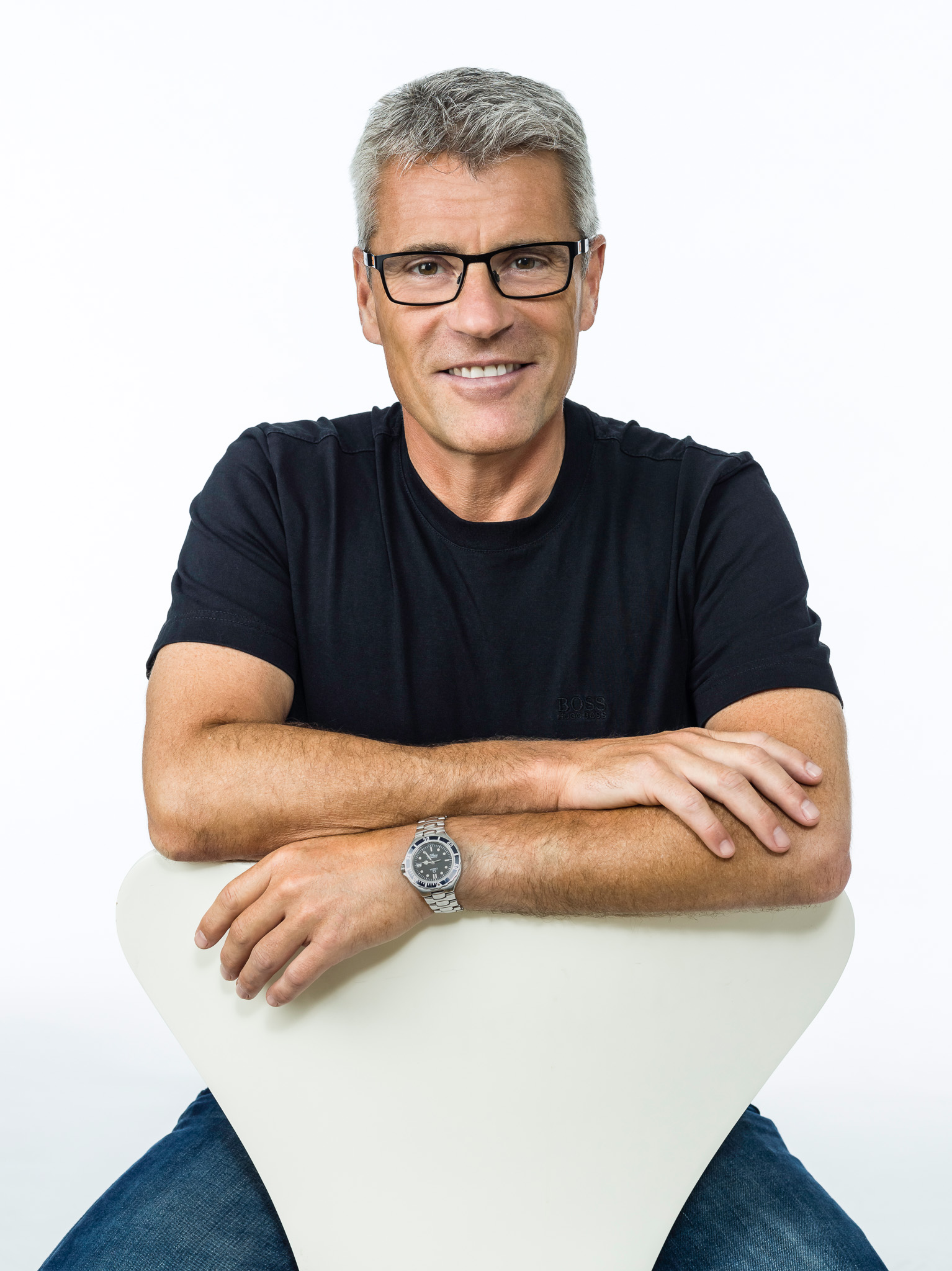We specialize in delivering expert solutions in Nuclear Waste Management, helping to ensure safe, sustainable, and compliant practices for managing nuclear waste.
When I started my career in the early nineties, working in the field of structural geology was mainly a matter of mapping in field and drawing 2D maps. 3D modelling of crystalline rock was primitive in Sweden and restricted to the mining industry. Having taken part of the pre-investigation of the Äspö Hard Rock Laboratory, which included extensive fracture mapping and statistical analyses thereof (Munier 1993), I identified a need to introduce 3D modelling as a standard procedure for structural geologists. Having evaluated a number of modelling platforms The Swedish Nuclear Fuel and Waste Management Company (SKB), to whom I worked as a consultant at the time, opted for Bentley Microstation. Though the numerical engine to model geometries was sufficiently versatile, SKB opted to develop an in house modelling suite, in collaboration with Chris Zagrewsky, called RVS (Markström 2015) using Microstation as platform, largely based on my input and advice. RVS is currently (2019) going through a major transformation to Object Based Modelling and I participated in its specification and evaluation.
Prior to the extensive site investigations for the localisation of a nuclear waste repository, at Laxemar and Forsmark (Andersson et al. 2013), it was imperative to ensure that the investigations were performed such that the sites would be comparable at the time of evaluation (SKB 2011a). This necessitated formal methodologies to be devised prior the investigations and consistent follow ups to ensure deviations from methodologies did not jeopardise scientific quality and comparability of the sites. Based on the experiences gained from modelling the Äspö HRL, I therefore developed a methodology for Discrete Fracture Modelling (Munier 2004) and, in collaboration with others, also a methodology for geological modelling (Munier et al. 2003), both successfully used throughout the site investigations. In addition to such discipline-specific methodologies, a methodology for the iterative and integrative modelling of a site, in so called Site Descriptive Models, was devised (Andersson 2003) largely based on my direct input.
Having identified earthquakes as risk for long term safety even in stable continental regions (Bäckblom and Munier 2002), I initiated a program to develop suitable tools to model the seismic impact on underground facilities (Bäckblom et al. 2004; Munier and Hökmark 2004) which eventually emanated in the methodology for handling earthquakes (Fälth et al. 2015; Fälth 2018) currently used by SKB. This, combined with a method I developed to integrate fracture- and earthquake modelling results (Munier 2006, 2007, 2010, 2011), were used in the safety assessments SR-Can (SKB 2006) and SR-Site (SKB 2011b).
The development of a new methodology for discrete fracture modelling (e.g. Selroos et al. 2015) is done in parallel to RVS mentioned above and ongoing (June 2019). I have ran a number of research projects within the framework or SKBs R&D programme (e.g. SKB 2016) which mainly addressed lack of knowledge within the field of discrete fracture modelling (Davy et al. 2010; Lavoine et al. 2017; Davy et al. 2018) and intraplate earthquakes (Lund et al. 2015; Mikko et al. 2015; Smith et al. 2015; Abduljabbar et al. 2016; Malehmir et al. 2016).
As of July 2019, I resumed work with my own company, Terra Mobile Consultants. I offer my expertise to nuclear waste management organizations across various countries, collaborating with a vast network of internationally recognized experts from diverse scientific disciplines.
